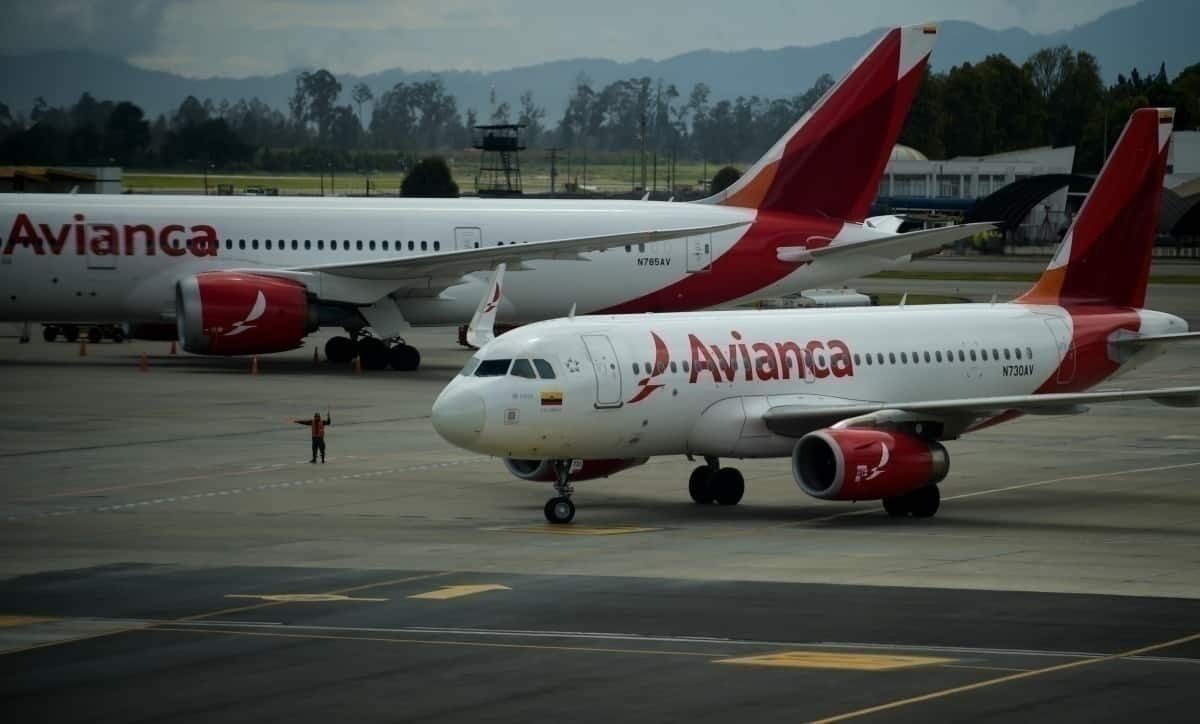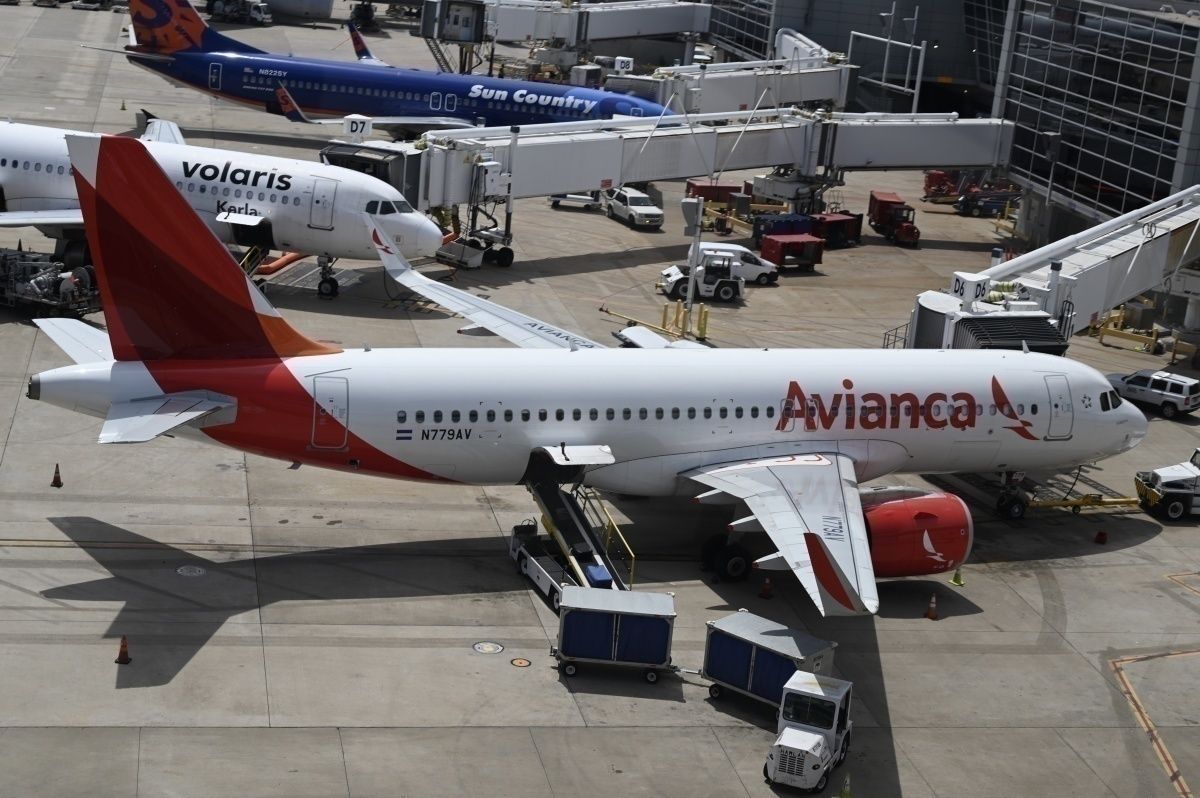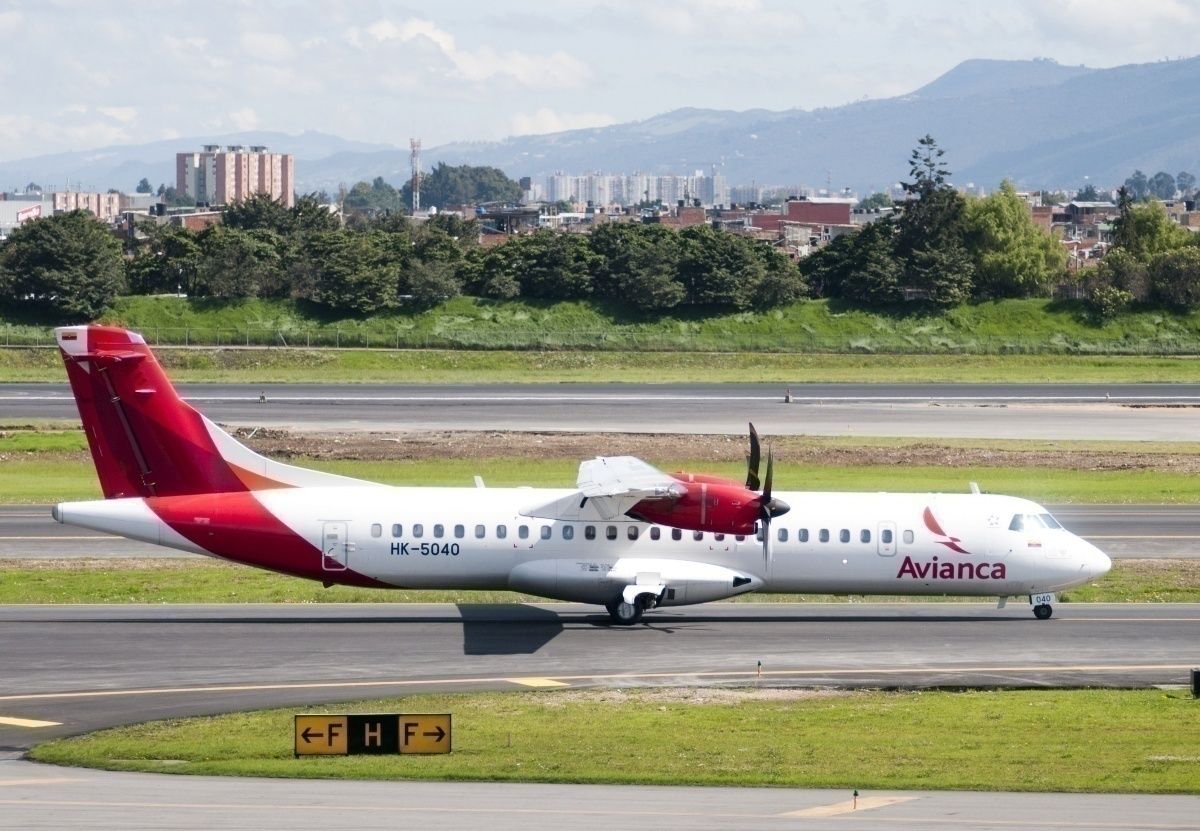Avianca is trying to push Bogota’s International Airport (best known as El Dorado) as its main hub. The airline is already putting the pieces together to create more connections out of this hub, said CAPA. Can they do it? Let’s investigate what that means.
El Dorado’s importance in Latin America
Currently, El Dorado is the third most important airport in Latin America, behind Sao Paulo and Mexico City. In 2019, it received approximately 35 million passengers and had a route map of over 42 national destinations and 48 international.
“Thanks to the constant growth in the number of passengers, Colombia is now the fourth country worldwide with the biggest growth, just behind Vietnam, India, and Iran,” said the airport in a statement in February.
Avianca is the biggest of the 27 airlines that fly to and from Bogota. The carrier has 59 destinations. After it, the state-owned regional carrier SATENA has 18 destinations, LATAM with 16, and then Viva Air Colombia and Wingo, both with 14.
The geographical position of Colombia also makes El Dorado one of the most promising airports for Latin America. Other cities with the privilege of a good geographical position are Panama and Mexico City. Though, Bogota has to face some altitude issues that make it a challenge for long-haul operations.
But, as it happens with many other airports in the region, El Dorado’s infrastructure is not coping with the country’s growth.
IATA supports the expansion in El Dorado
Over the last few years, there’s been a discussion in Colombia about whether to build a second airport in Bogota or another runway and extra infrastructure in El Dorado. Last month, IATA reaffirmed its support for El Dorado's expansion. As a result, the organization said regional connectivity in the country would be affected by two airports. For example, we’ve seen how that fails in big cities like Buenos Aires, and we might see it in the near future in Mexico City.
IATA said,
“The discussion about building a second airport has recently reopened. However, relocating part of civil aviation operations would be detrimental to El Dorado's competitiveness with respect to other key airports in the region."
For Avianca, it would be glorious if the new runway in El Dorado is actually built. Last month, the carrier launched a new regional airline, Avianca Express. One of the hubs for this new ATR-based carrier is Bogota.
“It is essential that (Colombia’s) main hub airport El Dorado in Bogota be expanded to handle the predicted demand in the coming 20 years,” said Peter Cerda, IATA Regional Vice President for the Americas.
Should Avianca put its future in Bogota?
"We think it should. Colombia has great potential as an air market," said IATA. Currently, its market is heavily skewed towards domestic passengers and Avianca has the upper hand in that regard. With Avianca Express, the company can go toe-to-toe with regional low-cost carriers such as Viva Air.
Also, over the last few months, Avianca has managed to turn around the fate of the company. Yes, it lost over $894 million USD in 2019’s last quarter, but the future is bright. Avianca has launched new international routes from Bogota to Toronto and Porto Alegre, while also signing new codeshares with TAP. We think Bogota’s and Avianca’s growth will go hand in hand.
We contacted Avianca for comment for this article. At the time of publication, we had no response, but we’ll keep you updated if that changes.
Should Avianca focus its efforts in Bogota? Let us know in the comments.



